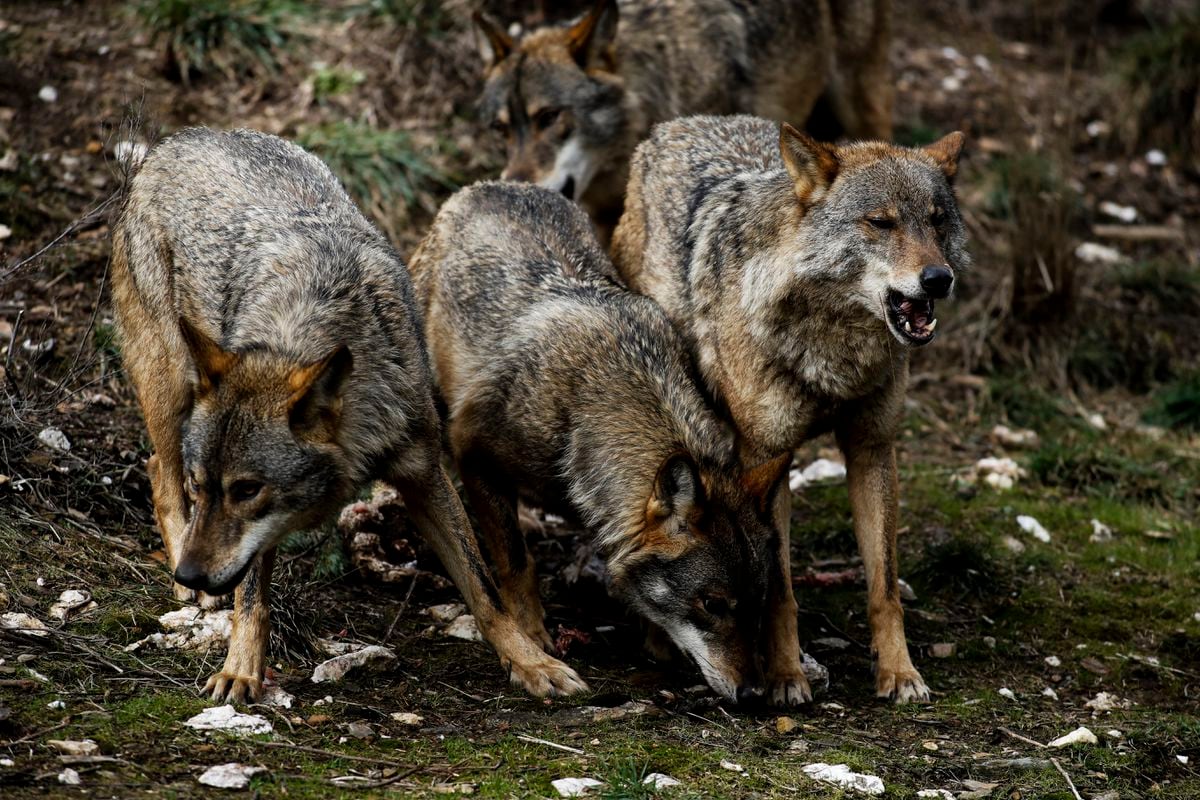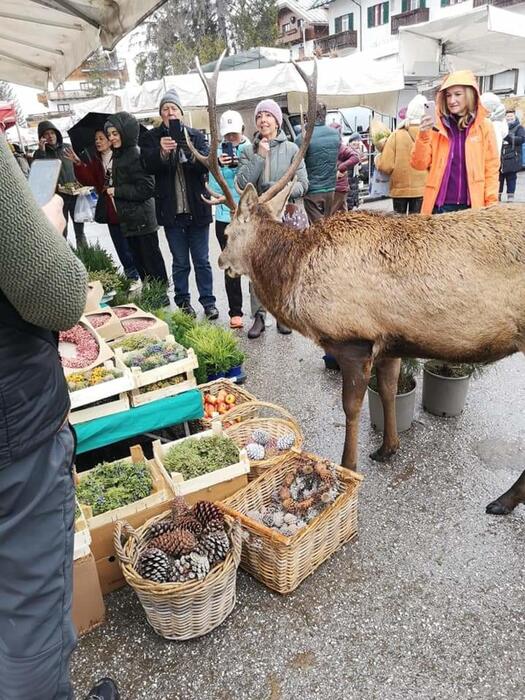The Ebersberger Forest falls under the responsibility of Dr.
Heinz Utschig, forest manager of the Bavarian State Forests.
He showed us how beautiful it can be in the forest at this time of year and what can be observed.
District - A sign points to the "game rest zone", which was opened up in 2004 to make the game - red and wild boar - tangible for the forest visitor. A total of 5,000 hectares of the state forest area are designated as a game park, which used to be a stately hunting area. Today, this area is primarily used by visitors to experience wildlife and nature in a natural setting. Within the wildlife park, 500 hectares are declared as a game rest zone.
And here wild boar and red deer can be observed on two observation pulpits. You can see the animals on the large feeding meadows, especially in the early morning hours and at dusk in the evening, as they are almost trusting in front of a graze. Incidentally, the wild boars also like to do this. “The wild boars eat an amazing amount of grass. In May, when the grass was very high here on the meadow, you almost thought that cows were grazing there, ”says Utschig with a smile. Then the animals like to dig in the earth to get animal protein again, for a balanced diet. The pigs are fed about a hundred meters from the pulpit so that the nocturnal animals are also visible to visitors during the day. A professional hunter comes every lunchtime and feeds them corn. But they are also there in the afternoon.Rummage around the feeding place, even if the feeding is long over. “We brought them up well,” emphasizes Utschig, of course with a wink.
That the visitors can discover, see and observe something all day long, that is the purpose of these observation pulpits. The red deer, our largest mammal species living here, is definitely more sensitive, not so present, you could almost say that the king of the forests wants to be discovered. The rutting screams could be heard from mid-September to early October. During the breeding season, the male animal tries to keep its female animals together in packs as the top deer and to drive away competitors with the tubes. You can most likely see them around Christmas, because that's when they are fed too. And then it can happen that a deer suddenly emerges quietly and elegantly from the undergrowth at dusk. That would be almost a little Christmas fairy tale. "If you take a little time,then you can actually always see something here ”, Utschig emphasizes the calm this observation triggers in you. One or the other day can be spent here in the forest. Especially now when the autumn colors slowly begin with the cool nights.
"What could be nicer than admiring these and the animals from the observation pulpits," enthuses Utschig.
“Here in the wilderness zone, the animals are very relaxed and know that they are not in danger.
They can distinguish that very well from the other places where they are hunted ”.
Nevertheless, on this day a brook comes relatively close to the observation pulpit to see who is there.
Better safe than sorry.
Fortunately for us, you don't get to see a wild boar that close every day.
By the way, binoculars are indispensable for detailed observation.
And the way you sit there and watch, you could almost forget the time.
Further information about the Ebersberger Forst is available from the Bavarian State Forests at www.baysf.de.
a













